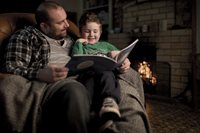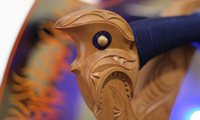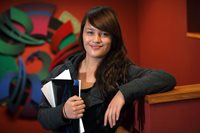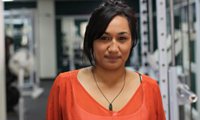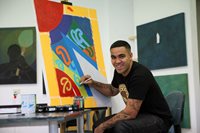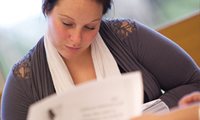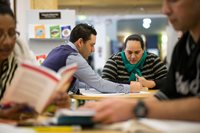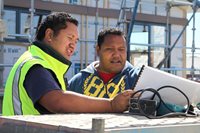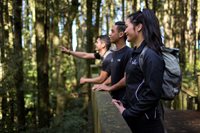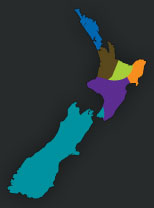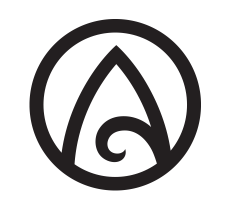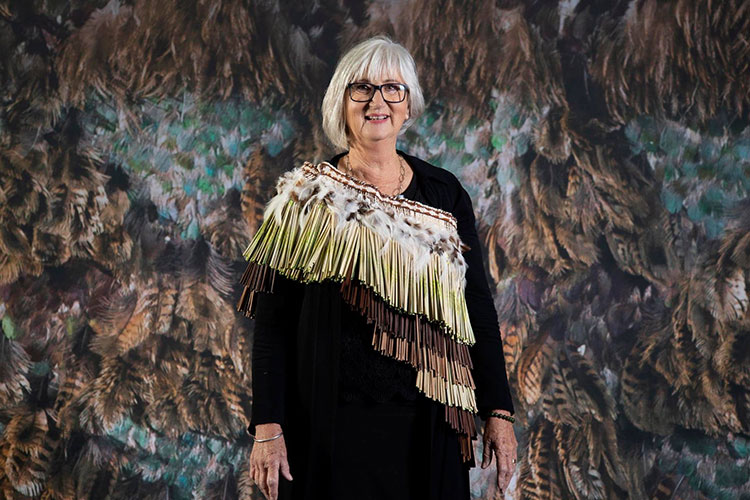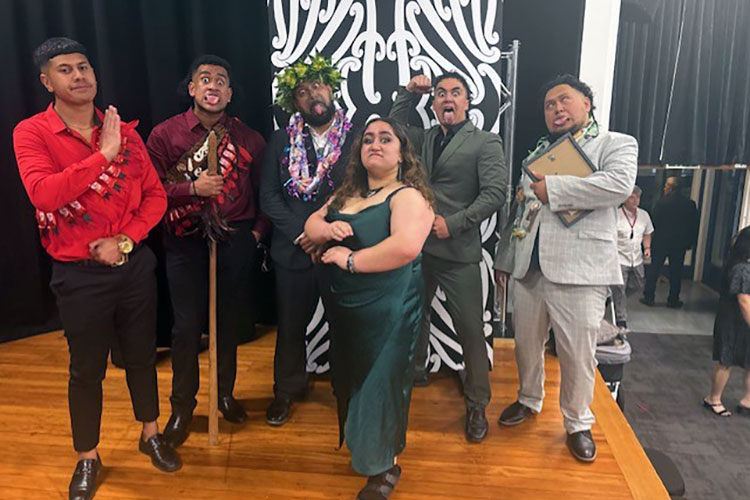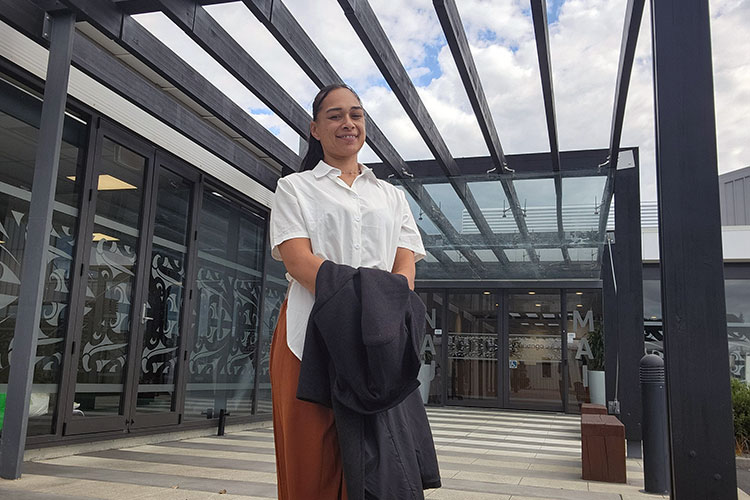For Cathrine Randall, the practice of raranga is a meditative and healing process.
These days, the former hairdresser helps tauira learning raranga – the art of Māori weaving - at Te Wānanga o Aotearoa in Whanganui as a kaiawhina (assistant) for the Toi Paematua – Diploma in Māori and Indigenous Art programme.
The 38-week programme helps tauira to advance their weaving skills as they learn the techniques, tikanga and practices of Ngā Mahi ā te Whare Pora – weaving.
They learn how to harvest and protect harakeke and work on individual and collective projects. They also learn to work with different fibres and depending on their location can weave tāniko, tukutuku or whatu.
When she’s not helping others with their dextrels and sinstrels – they’re weaving terms for all you non-weavers - Cathrine can be found around the Whanganui rohe harvesting harakeke.
“I go to all sorts of places like peoples’ homes or someone whom I know who already has harakeke. We source it from all around Whanganui.”
“I help Trina (a Whanganui raranga kaiako) in class when she’s particularly busy and when our tauira are learning new things. I’m really just there to encourage the tauira and it really is an honour and a privilege to be involved with this mahi.”
Cathrine’s journey in to learning about raranga and te ao Māori began after she studied te reo Māori at Te Wānanga o Aotearoa.
She has a French, English and Scottish whakapapa but had long been drawn to the Māori culture despite some initial apprehension towards it.
“I must admit I used to feel very afraid because I had an ignorance towards the culture and there used to be this feeling of fear around things Māori a few years back like at the time of Pākaitore (in the mid 1990s).”
“I had this fear because I didn’t know about these things but learning te reo Māori helped me come to grips with that and I wanted to learn more about the people and the culture and to feel in love with it.”
Cathrine fell in love with the culture through learning raranga. Weaving also helped her navigate difficult times in her life.
“My husband took ill and spent eight months in hospital so I had plenty of time to do weaving. I must admit that raranga really helped me to get through that time.”
“The whole process is like a meditation and it’s a very healing process. Unfortunately my husband died but I went back to the diploma to continue my (raranga) study.”
She was 63 when she began learning raranga and thought the art was an amazing skill to have as she heads into retirement.
“My goal was to be able to do this in my retirement, so I’ve been setting myself up for that – I have a beautiful studio at home. My aspirations are to keep learning, to improve my work and share it and to encourage others.”

